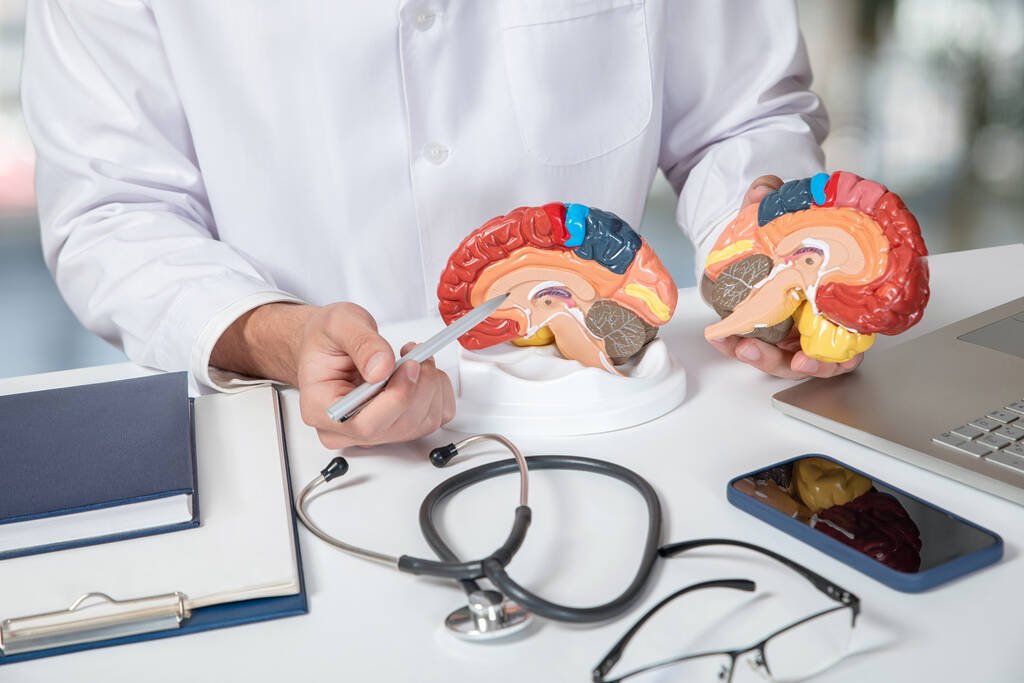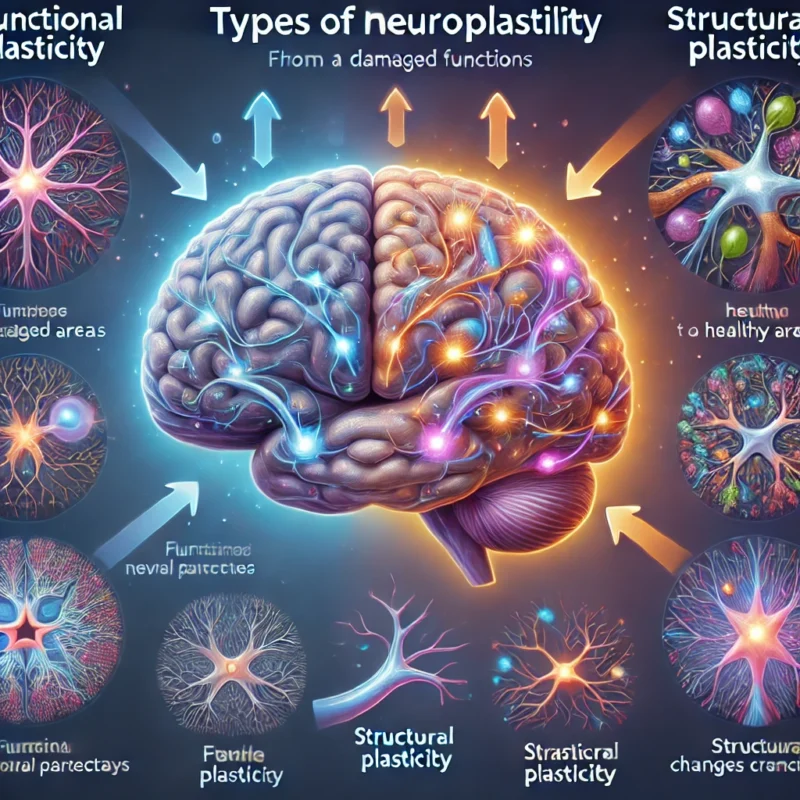Blog
Rewiring the Brain and the Science of Neuroplasticity and Cognitive Transformation

Adapting to changes, and fostering new thought patterns. This transformative ability is at the core of neuroplasticity, a science that has captivated researchers and self-improvement enthusiasts alike.
Neuroplasticity allows your brain to reorganize itself by forming new neural connections.
This enables you to learn new things, recover from injuries, and change your habits.
What Is Neuroplasticity?

Neuroplasticity is the brain’s ability to adapt and reshape itself based on experiences, learning, and environmental influences. It allows the brain to reorganize neural pathways, form new connections, and even generate new neurons in some cases.
- Simply put, neuroplasticity is like a muscle.
- When you use specific brain functions more often, those pathways strengthen.
- Just like lifting weights builds muscles. On the flip side, unused connections weaken and may eventually disappear.
How Neuroplasticity Works
Your brain is made up of nearly 100 billion neurons, and in early life, each of these neurons connects to thousands of others. However, as we grow, the brain refines its connections by strengthening useful ones and eliminating weaker, unused ones. This process, called synaptic pruning, helps improve efficiency by keeping only the most essential pathways.
For example, when you learn a new skill, like playing an instrument, your brain forms and strengthens new neural connections. If you stop practicing, those pathways weaken over time. This ability to reshape itself helps the brain recover after injuries, adapt to new challenges, and continuously evolve.
Types of Neuroplasticity

There are two primary forms of neuroplasticity:
| Type | Function |
|---|---|
| Functional Plasticity | The brain can shift functions from damaged areas to healthy regions. This is crucial for recovery after injuries like strokes. |
| Structural Plasticity | The brain’s ability to physically change and grow new neural connections as a result of learning and experiences. |
Brain Training and Cognitive Therapies
Engage in brain training exercises to stimulate neuroplasticity.
Tools such as apps and puzzles enhance cognitive function. Brain training apps like RejiG and others can offer tasks that challenge your memory, attention, and problem-solving skills, which are essential for fostering neural growth.
Cognitive therapies, including mindfulness and cognitive-behavioral strategies, are also effective.
These approaches encourage the brain to create new connections and enhance its ability to adapt. Consulting a holistic neurologist can provide tailored techniques for individuals seeking to optimize their cognitive health.
How to Improve Your Brain’s Plasticity
You can take specific steps to enhance neuroplasticity and keep your brain sharp at any age:
1. Challenge Your Brain with New Activities
- Learn a new language
- Take up a musical instrument
- Try new hobbies like painting, writing, or coding
- Travel to unfamiliar places and experience different cultures
2. Get Quality Sleep
- Sleep strengthens neural connections and helps consolidate memories.
- Aim for 7-9 hours of sleep per night.
- Establish a consistent sleep routine for better brain function.
3. Stay Physically Active
- Exercise stimulates the production of brain-derived neurotrophic factor (BDNF), a protein that promotes neural growth.
- Activities like walking, swimming, or strength training enhance brain health.
4. Practice Mindfulness and Meditation
- Meditation has been shown to increase gray matter density and improve focus.
- Deep breathing exercises can help manage stress and enhance cognitive flexibility.
5. Avoid Harmful Substances
- Excessive alcohol, drug use, and exposure to toxins (like lead) can negatively affect brain plasticity.
- A diet rich in omega-3 fatty acids, antioxidants, and vitamins supports brain health.
Limits of Neuroplasticity
While the brain has an impressive ability to adapt, it isn’t limitless. Certain areas of the brain handle specific functions, and severe damage to these areas may result in permanent impairments. For example:
- Some brain injuries or neurological disorders can hinder neuroplasticity.
- Negative changes, like addiction or trauma, can also rewire the brain in harmful ways.
That’s why maintaining healthy habits and continuous learning is essential for long-term brain health.
The Discovery of Neuroplasticity
For centuries, scientists believed that the brain stopped developing after childhood. However, modern research has disproved this myth. In the 1960s, studies on stroke patients showed that the brain could rewire itself after damage. Today, advanced imaging techniques have provided even more evidence that neuroplasticity continues throughout life.
Pioneering researchers like Karl Lashley and William James challenged the early belief that the brain was “fixed.” Thanks to their work, we now understand that lifelong learning and mental stimulation can keep the brain flexible and resilient.
Benefits of Neuroplasticity

Harnessing neuroplasticity can lead to several cognitive and mental health benefits:
| Benefit | Impact |
|---|---|
| Learning and Skill Development | Enhances memory and ability to acquire new skills. |
| Brain Recovery | Helps in stroke rehabilitation and overcoming brain injuries. |
| Increased Cognitive Abilities | Strengthens problem-solving, creativity, and focus. |
| Mental Resilience | Supports adaptability and emotional well-being. |
Final Thoughts from Thotslifey
Your brain is a remarkable organ that continuously adapts and evolves. Whether you want to sharpen your mind, recover from setbacks, or simply stay mentally agile, taking steps to boost neuroplasticity can make a real difference.
By staying curious, engaging in new challenges, and maintaining a healthy lifestyle, you can keep your brain flexible, strong, and ready to take on anything.
